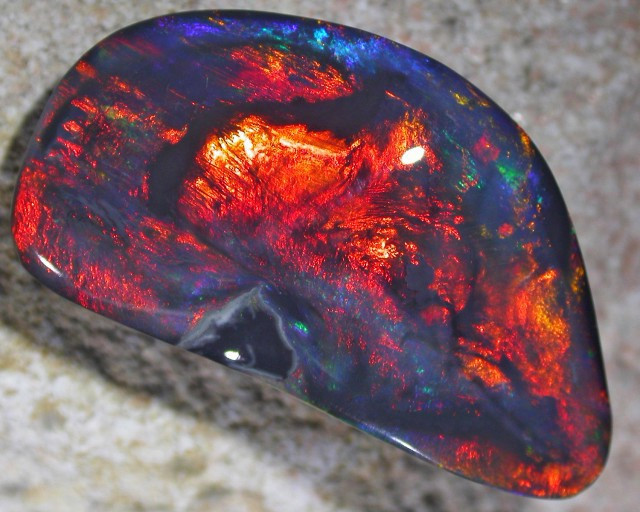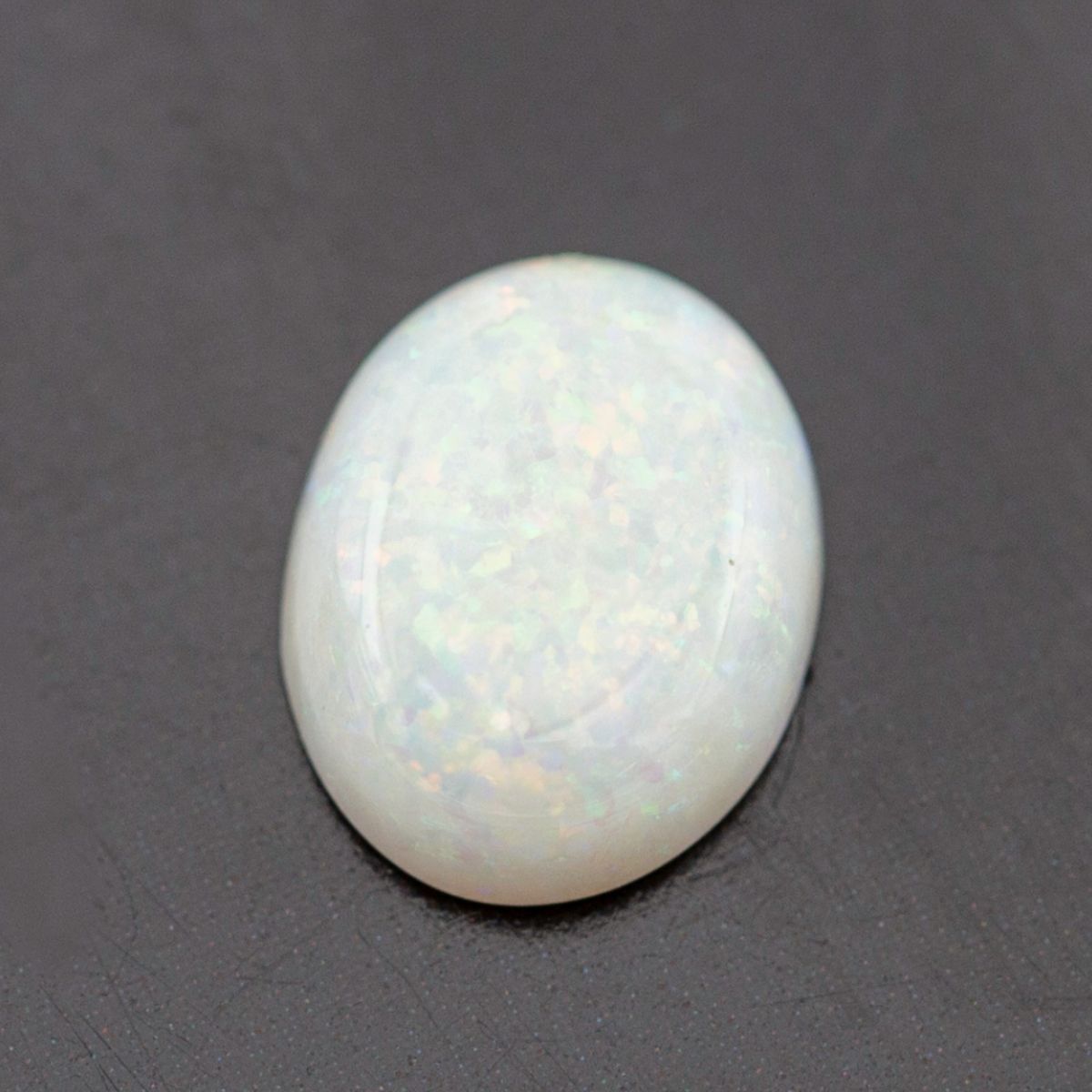

- #OPAL COLOR FREE#
- #OPAL COLOR CRACK#
Quality rough that makes excellent stones. But in the trade certain mines have a reputation of producing good The end buyer or wholesaler might not be able to consider These types of inclusions are generally accepted as A window is a gap on the bottom where potch has notĮthiopian opal can have a ghost or phantom inclusions or Some Opals will have a vegetation pattern from the inclusions and this is popularĪs the opal has replaced some of the tree or vegetation. Generally valued lower but can make artistic picture patterns. It is worth reading about the difference between crazing and cracking in an Opal.Ī potch line has no light reflection and these opals are
#OPAL COLOR CRACK#
A crack line reflects light and greatly devalues an Opal. Inclusions and potch lines and are not to be confused withĬracks. This is due to the fact that cabochons make ideal ring stones but flat stonesĪre less desirable because they cannot be used in many jewelry designs. A cabochon stone is more valuable when it has a high dome compared to a a flat stone. Oval stones generally have the best face of color and can be used in a variety of applications. The shape of the Opal once again determines how versatile it is.
#OPAL COLOR FREE#
Oval stone are generally considered more valuable thanįree form, except with boulder opals where free form is considered desirable. The brighter the Opal, the more expensive will be its value. There are 7 sub Brightness ratings with B1 the brightest to B7 theĭullest.

Opal association along with the body tone guide. The Opal brightness guide was produced by the Australian
Opals with N5 to N6 considered a semi black or dark opal. Black opals are generally the most valuable and have a body. OpalsĪre grouped in 9 sub categories N1 to N9 with N1 the darkest opal and N9 the It is now generally excepted for all opals worldwide. The Opal Body Tone Guide was endorsed by the OpalĪssociation of Australia and was intended to be a guide for Black Opal and Boulder Opals that have no or only slight pattern are generally less valuable. Some top patterns are Mackerel, Block, Broad flash, Rollingįlash, Pinfire, Rainbow and most sought out Ethiopian opal is the Honeycomb Floral patterns are sometimes called floral harlequin. A True harlequin pattern is a mosaic broad pattern, angular close 
The Harlequin pattern is the rarest and most loved pattern in opals but it is Opals that have a rare or unique pattern are more valuable. These will lower the overall value of the Opal.
Dead spots are when no color is visible from a certain angle. Some multi-color opals might have 1 or 2 strong colors that haveĭifferent directional faces and these can be hard for jeweller to set. The jeweler will set it in the right direction so as to show as much of the An opal that faces in one direction is ideal to make into a pendant. A fine quality Opal will look good no matter what direction it is viewed at. These Opals are very versatile and are more valuable than one directional Opals that face with strong fire from allĭirections make good ring stones. If it only faces in one direction, it may only be suitable for a Pendant for example. The direction of color can affect the price becuase it will determine how versatile the Opal is. When an Opal is at it’s brightest, this is called ‘facing’. Opals are a gemstone that dramatically change appearance based on what angle the Opal is viewed at. The thickness of the color bar can help to amplify the brilliance of the Opal color. Also electric blue Opals are more valuable as the hidden color bar makes the Opal brighter than the normal blue.ĭensity and intensity of color is also important to determine the price. This will create a deep majestic red color. Some Opals of note would be the red Opal with a purple hue color bar hidden inside. Use the dominant color as the color that will affect the price. It is important to decide what the dominant color is followed by any secondary colors. Red, then orange, green, blue and purple. In order of value, the most valuable color is Red is the rarest and most sought out color. The above factors can vary from person to person and that is the reason you may see variation in price per carat amongst miners.ĭuring this article if you are not sure of any of the terms, checkout our glossary for an explanation on just about everything spoken in the Opal world.Ĭolor is the first thing that you will notice about an opal. Several experienced opal valuers will price the opal per carat and the final value will be determined by the average price per carat. How Opal Is Valued In Lightning Ridge, AustraliaĪt Lightning Ridge in Australia, they have a committee that values opal miner’s opals each Saturday. We are going to explore the 10 factors that contribute to an Opals final value. 
Over many years there has been guidelines developed on how








 0 kommentar(er)
0 kommentar(er)
